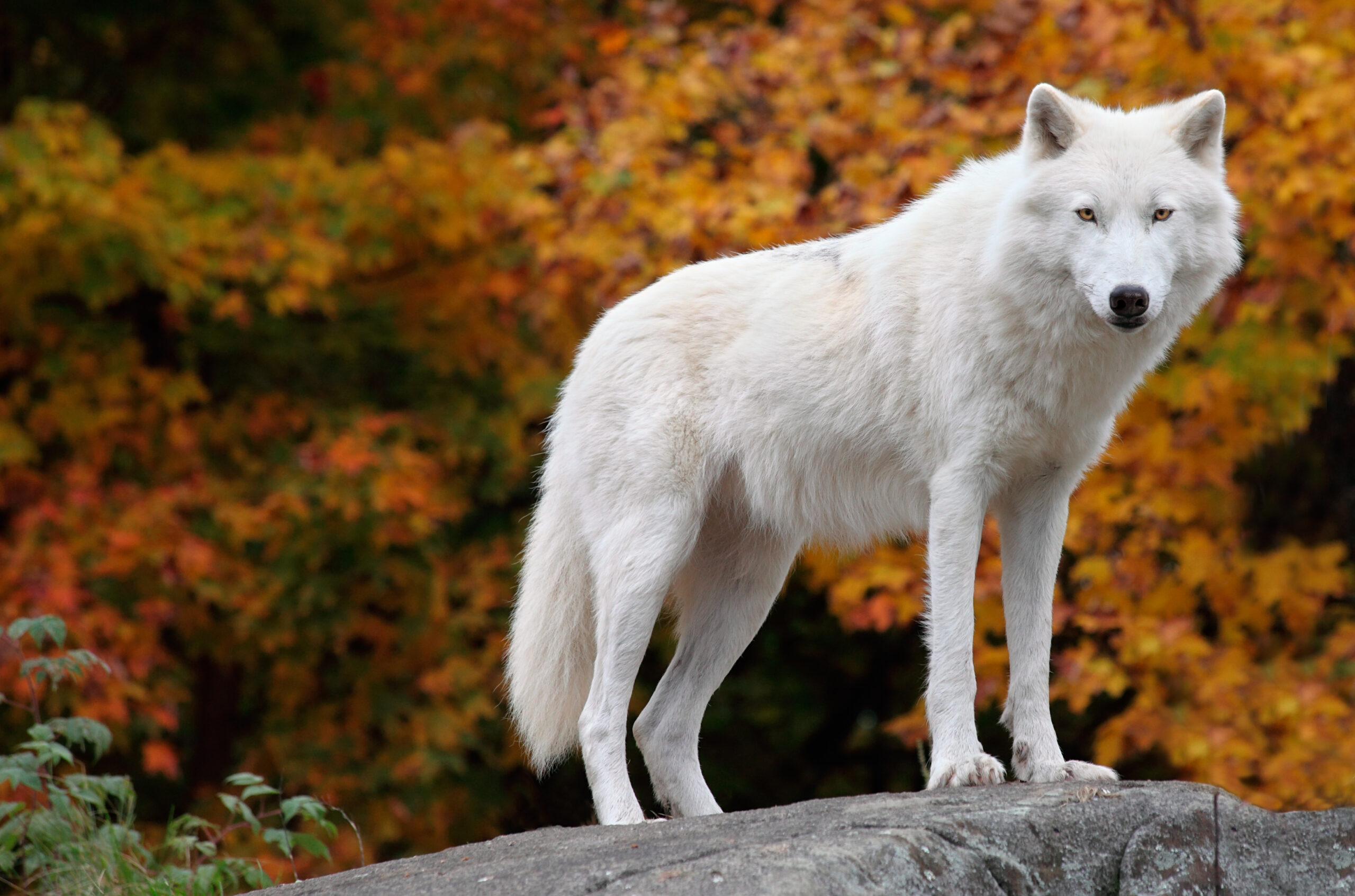
Did We Bring Back Dire Wolves?!
Did we bring back dire wolves?!
Have you heard the news? Dire wolves are back! Keep reading to learn more about these animals that are back from extinction.

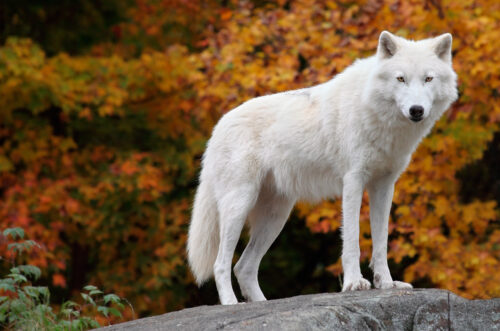
Why Did Dire Wolves Go Extinct?
Dire wolves existed a reeeeaalllyyyy long time ago. Over 13,000 years ago to be exact! They were around during the Pleistocene Era, at the same time as woolly mammoths and woolly rhinoceros (Did you know those were a thing?!)
Dire wolves went extinct for a variety of reasons, like environmental change, competition with other species, and even human hunting! Yep, that’s right, we were around 13,000 years ago too!
Dire Wolf vs. Grey Wolf
You may be thinking “Well, I know that wolves still exist, so how are dire wolves any different?” We’re here to help you set these species straight. Grey wolves are the most common species of wolf and are probably what comes to mind when you think of these canine prowlers. Dire wolves were larger than grey wolves, and had wider heads, stronger jaws, and light, thick fur. Think arctic fox, but much, much bigger!
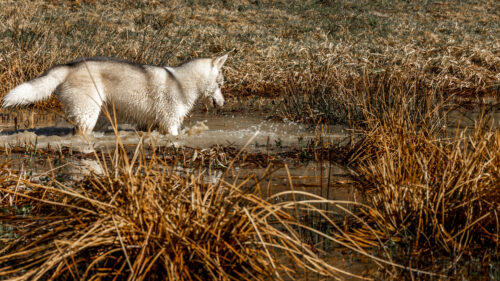

Where Are Dire Wolves Located?
Dire wolves lived all over North America and in parts of South America. Their skeletons have been found in places like Florida, California, Mexico, Peru, and Venezuela. In fact, those very skeletons are part of what helped bring these creatures back to life.
Did We Bring Back Dire Wolves?
There’s a long answer and a short answer. The short answer is yes; there are three new dire wolf pups romping to their hearts’ delight. These baby cuties are the first dire wolves to exist since the species went extinct. The long answer is a little more complicated. Although the new dire wolf pups are the first of their kind, they are technically hybrids that closely resemble the original dire wolves, although not exactly. While some scientists say that the newly born pups are not technically dire wolves, we think de-extinction is pretty dang cool!
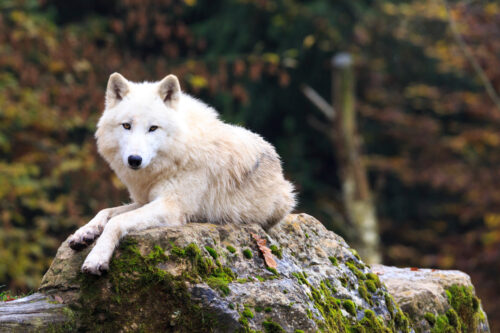
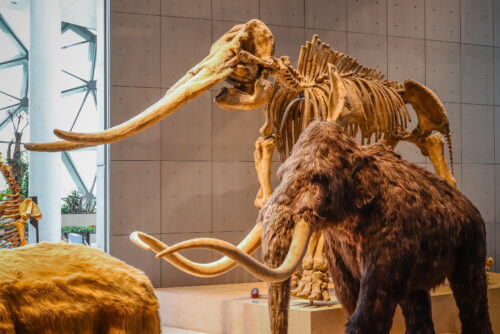
What Is De-Extinction Anyways?
We’re so glad you asked. De-extinction is the process of reviving extinct species and re-introducing them into the wild. De-extinction can happen through cloning, gene editing, and selective breeding. Although de-extinction is a very new scientific process, the future is bright! Some scientists even say that woolly mammoths are the next species to be revived. Can you imagine?!
What animal would you like to see revived next? Maybe a woolly mammoth or those woolly rhinoceros we mentioned? Make sure to let us know at @Terrabybattat on Instagram and TikTok!
Note: no actual dire wolves are pictured in this blog! All photos are of other wolf breeds.